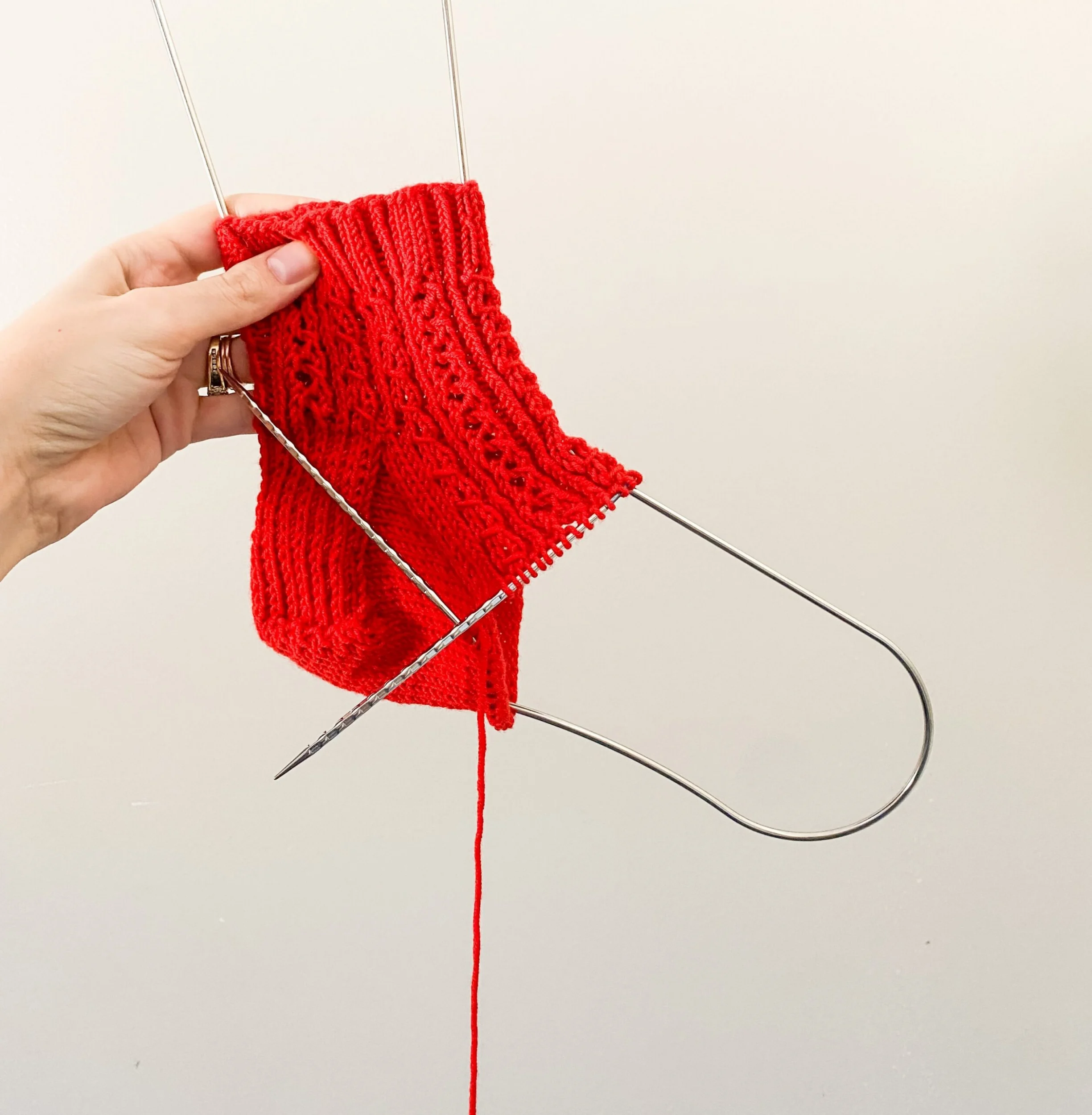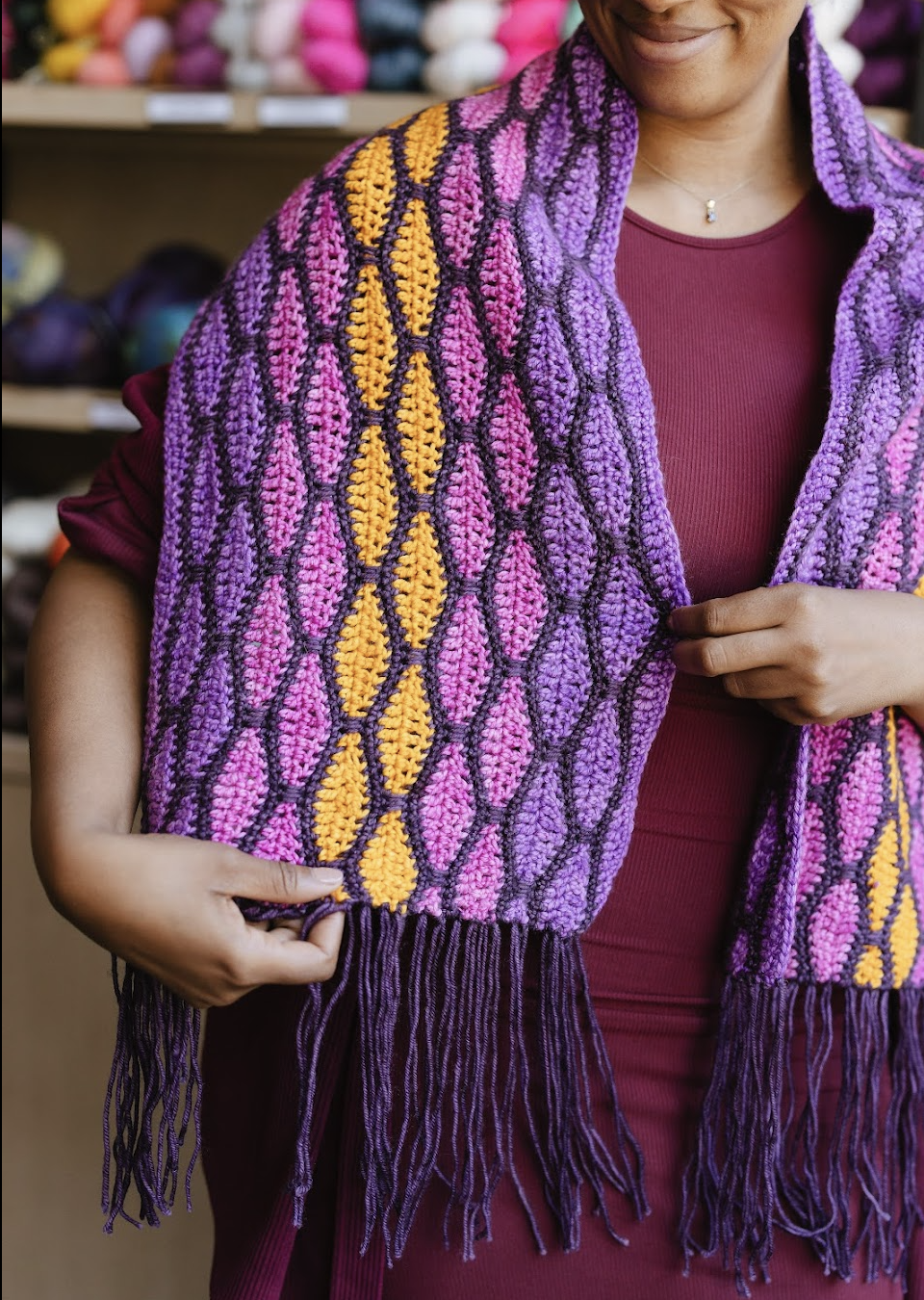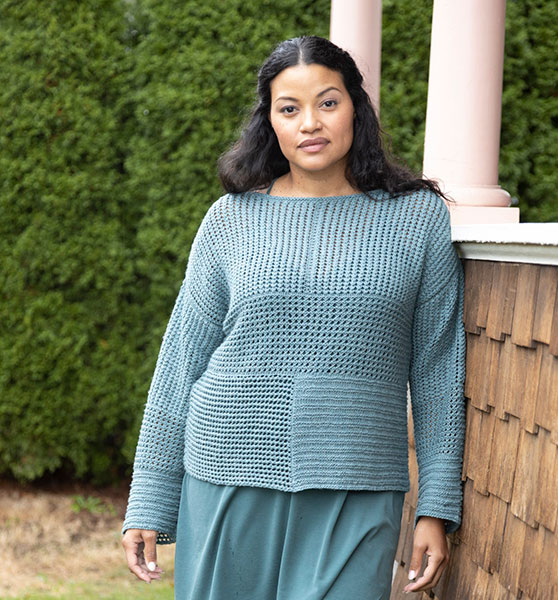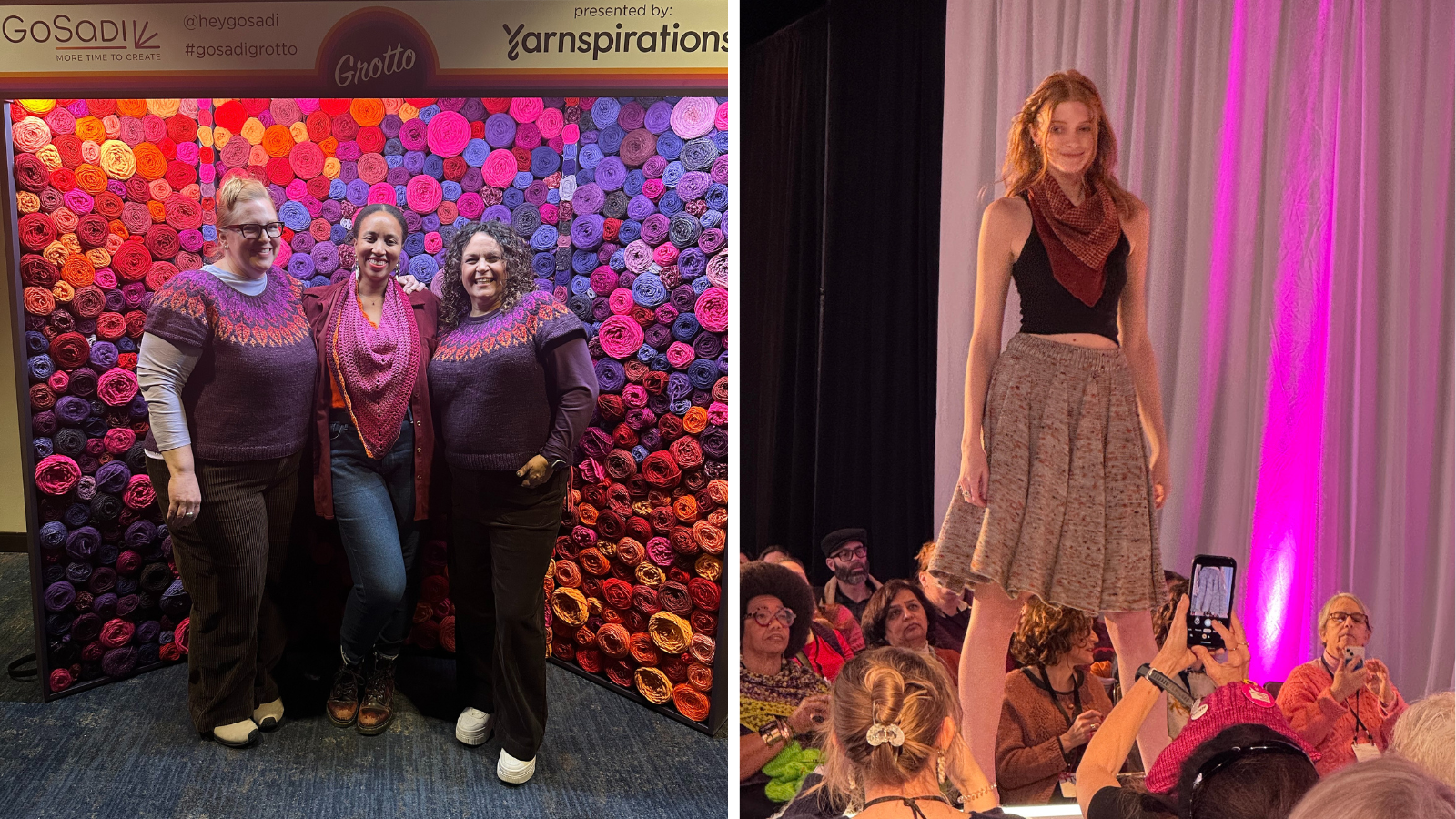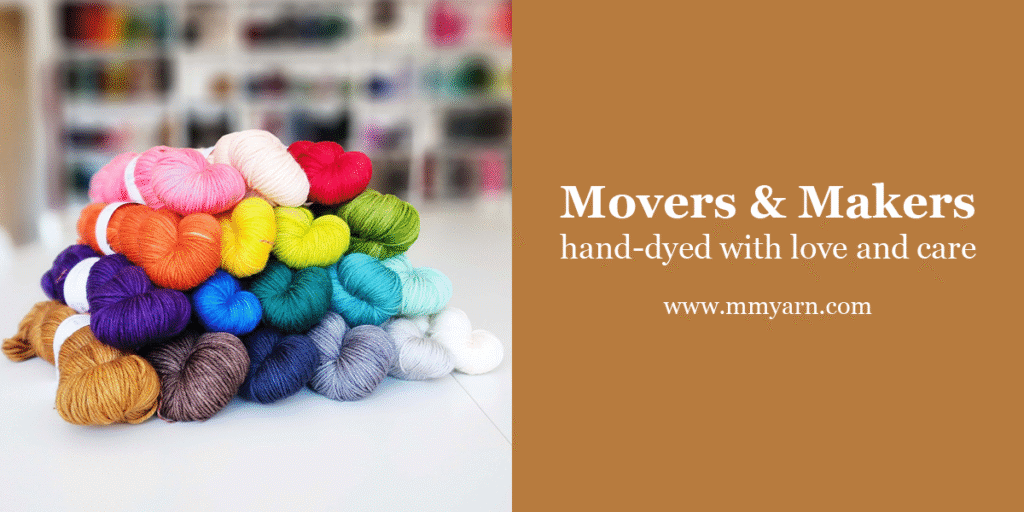Sizing information in a knit or crochet pattern can be overwhelming for makers upon first glance. As designers, it’s important you’re communicating how your sizing works and clearly laying out the options for makers. Missing a step in the sizing process could lead to your makers feeling frustrated and overwhelmed. While well-fitting garments lead to positive reviews, finished objects, and public shares of your patterns they also lead to makers being thrilled with what they created… from your design!
These simple sizing steps will set you apart and keep your customers coming back.
precision in pattern sizing
Many makers are visual learners and for those of us who feel overwhelmed by long written instructions, sizing charts can be the key! Create sizing charts and schematics that are easy for customers to interpret, fostering a seamless and enjoyable crafting experience will help your makers decide the right size to create and get a fit they love in the end.
You can add these to your pattern to lay out all of your maker’s size options in a way that stands out and will not get lost in a paragraph of instructions.
Bonus note: keep consistent with where you place sizing in your patterns and see our pattern tips for finding the best layouts.
clarity in instructions
Your pattern instructions are the lifeline for makers. Utilizing straightforward language makes it effortless for stitchers to follow and understand your work, ensuring a good experience for your makers. Your sizing instructions are not the place for creative copy.
The words you use in this section matter, and should be straightforward and to the point. Clearly explain all of the key measurements that they need and how best to find those measurements on themselves or the final owner of the product. Highlight areas or positive or negative ease and areas where makers can even customize your pattern for the perfect fit.
simplifying measurement terms
Simplify the language used to describe measurements, ensuring that even novice makers can grasp the sizing requirements without feeling overwhelmed.
At the same time, it is important to make sure that YOU have a clear understanding of what each term traditionally means. When you say waist do you really mean hips? When you refer to the sleeve length on a drop shoulder sweater do you mean from the shoulder seam to the wrist or from the maker’s shoulder to their wrist? These answers might seem obvious to you but they might not be obvious to your makers.
Make sure you and your customers are speaking the same language from the beginning.
Whether it’s the bust for a sweater or the hip for a skirt, guide your customers on how to accurately measure and interpret the dimensions integral to the pattern.
It is often best to include a schematic or illustration for highly detailed measurements to help your makers know where to measure and, again, confirm you are speaking the same language.
ease as a design element
It’s important to clearly explain how positive or negative ease influences the final fit of the garment right from the beginning.
As we all know, Ease can make or break the outcome of a product. Make your Ease calculations clear and easy to follow and highlight if they are specific to all of your design or just parts of it.
Many excited makers might be tempted to skip over this step and jump right into the stitching. It’s important that you explain how ease affects the final product and empower makers to make conscious decisions about the sizes they are choosing.
inclusive sizing practices
Embrace inclusive sizing practices. Ensure that your patterns cater to a diverse range of body types and sizes, fostering a sense of inclusivity within the crafting community. Beyond being the right thing to do for your community, it’s also the right thing to do for your business. Creating size-inclusive garments allows you to reach a whole new network of makers who are fans of your work and are just waiting to support you. The audience is waiting for you, all you have to do is open the door for them to create.
encouraging swatching
Advocate for the importance of swatching and give directions on what kind of swatch (stitch pattern, etc. will best serve the pattern). Swatching is an often skipped step that can make the difference between a product that fits and one that could reflect poorly on you as a designer. Guide makers on the importance of creating swatches.
Spending a few extra minutes on a swatch from the beginning will save makers an endless amount of frustration on the other side of the process, ensuring that the sizing nuances in the pattern align with the intended finished product.
providing comprehensive schematics
Include detailed schematics in your patterns whenever you are able. Even if you are not sure they are needed, we assure you – they are! These visual guides offer designers a comprehensive understanding of how the finished garment will fit, aiding them in making informed size selections.
Two different people might make the exact same size, for a different fit. Everyone has different proportions, so the same chest measurement on a person can still mean they are very different sizes and shapes. Often, someone with broader shoulders may go up a size. Someone who is taller than average could make their size but work some extra rows for more length. In most cases, a schematic is provided in a sweater pattern and this can provide a wealth of sizing information that will clue you in as to how that particular design will fit you.
Encourage makers to consider customization options for individual preferences. Whether it’s adjusting ease or modifying proportions, empower them to make the pattern their own for a tailored fit.
seeking feedback for continuous improvement:
Foster a feedback loop with your community. Actively seek input on sizing clarity from those who use your patterns, enabling you to refine and improve your communication strategies for future designs. Involve testers to make sure you’re accurately listing sizes and not missing crucial details as you go bigger or smaller in size. Hire an editor to give you feedback on how your sizing instructions will come across to makers. Be open to their feedback and make sure you’re growing from their advice.
The process of crafting beautiful patterns would be nothing without makers who bring those designs to life. By prioritizing clear size communication, you pave the way for a positive and inclusive crafting experience. Let’s continue to design patterns that not only spark creativity but also ensure a seamless journey for every designer in our community.
Cheers to patterns that fit and inspire!
